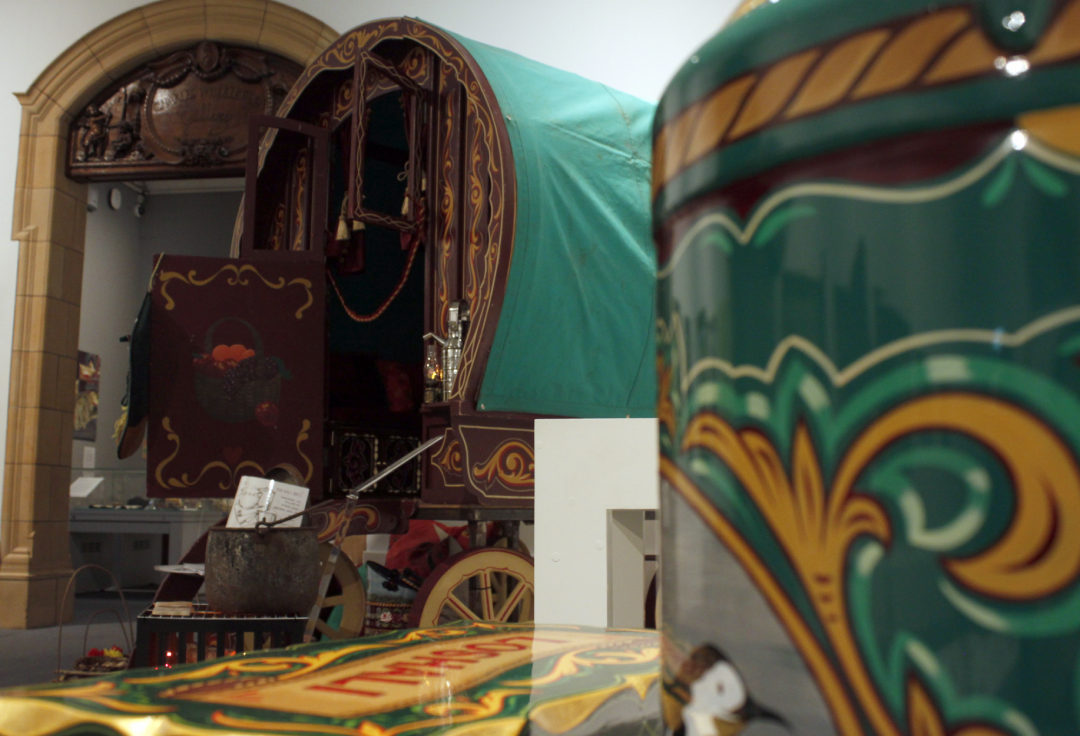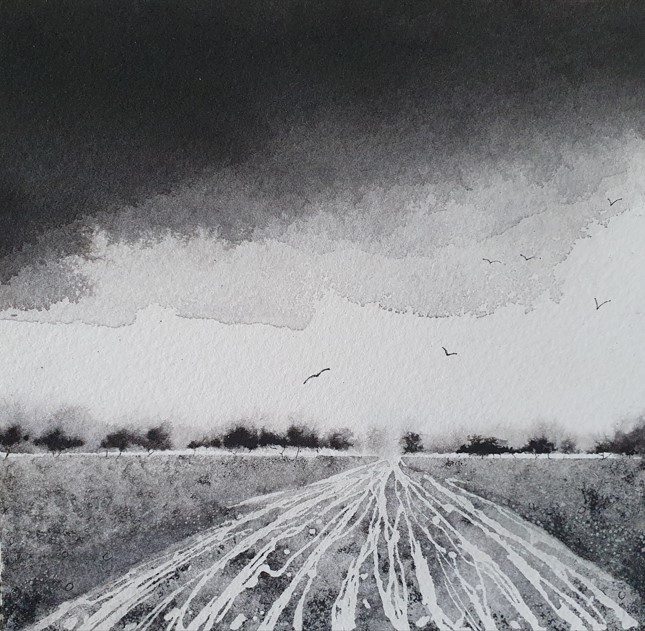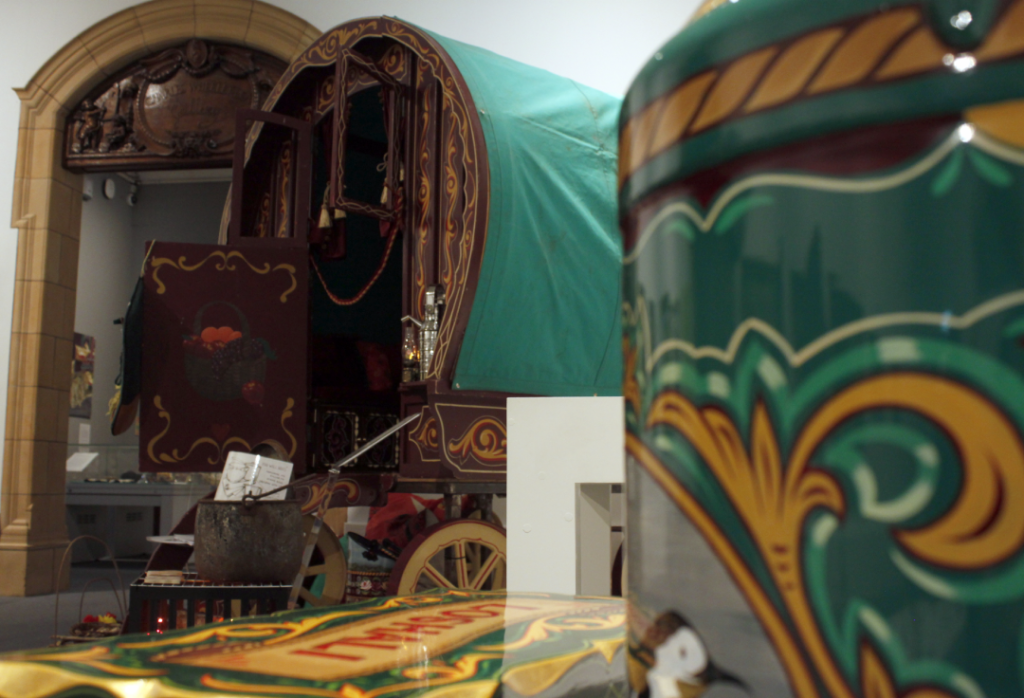
Inside Worcester City Art Gallery and Museum stands a colourful, hand-painted wagon, as if it’s just parked up in the recently opened exhibition ‘Atchin Tan – Travelling Through Art. Taking its title from the Romani phrase for ‘Stopping Place’, the show invites new ways of looking at the culture, heritage and representations of Gypsy, Roma and Traveller (GRT) communities.
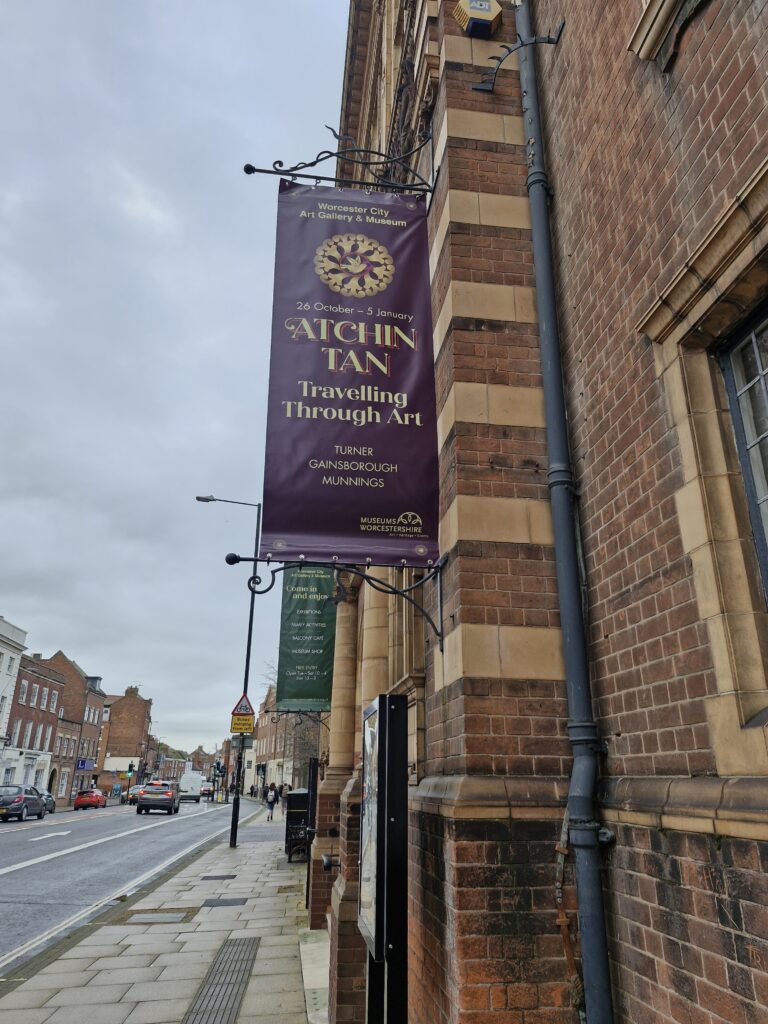
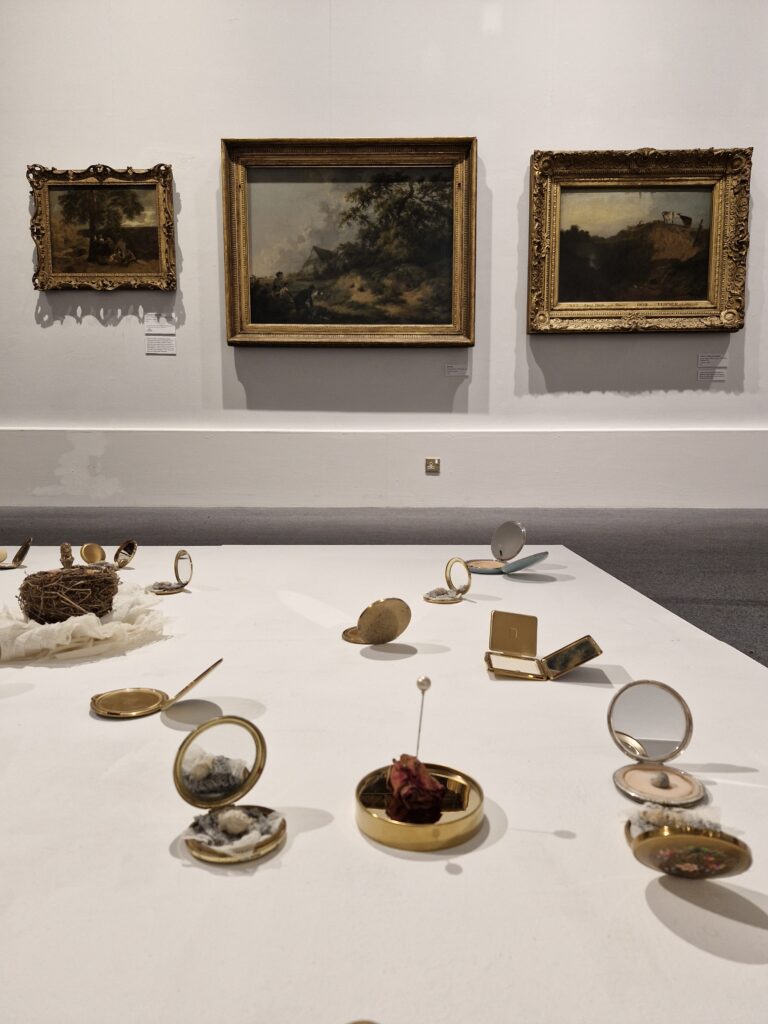
Opening the exhibition is an impressive wall of masterpieces on loan from Tate. In ‘Sketch of a Bank, with Gipsies’, c.1809, J.M.W. Turner has painted a wild and earthy-coloured landscape within which figures emerge from the black shadows, the smoke of their fire just visible. Labelled ‘Gipsies’, a label now widely acknowledged as an offensive term for Roma people, the travelling community has been cast as an elusive ‘other’, reflecting Victorian attitudes.

In the more sympathetic frames of Thomas Gainsborough and George Morland, the community are seen at ‘one’ with nature, eating around an open-air campfire or hunting for rabbits. Yet the travellers are still framed as objects of fascination, mirroring public curiosity during the 19th and 20th centuries when GRT communities were thought to be integrated within the British landscape but unknowable.
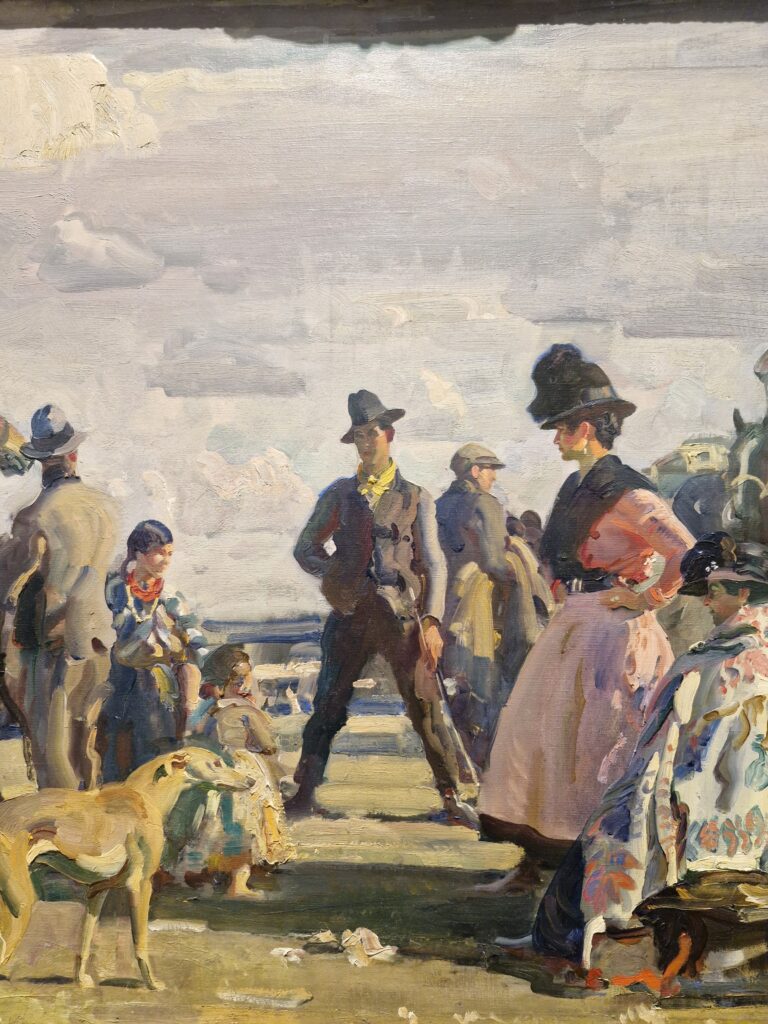
© Ruth Millington
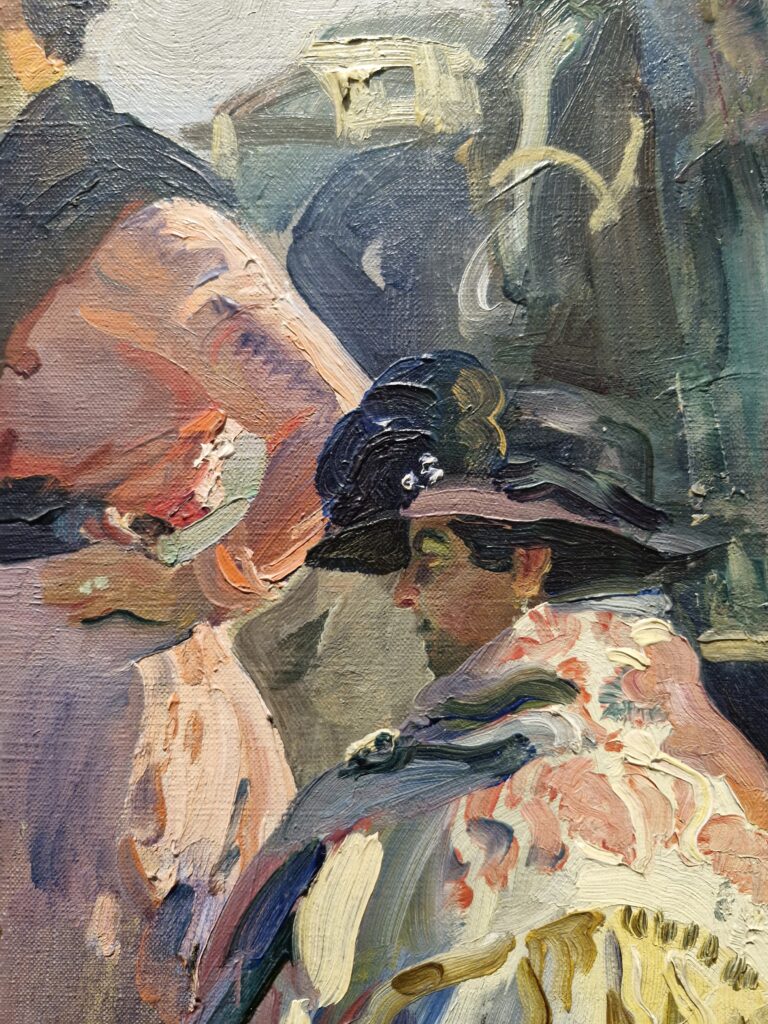
Moving into modern art, Alfred James Munnings’s painting, ‘Epsom Downs – City and Surbuban Day’, 1919, is a glorious, tapestry-like scene in which Roma people have arrived at the race course, parking up their wagons and horses. Dressed for the occasion in sumptuous costumes, Munnings has endowed the characters with a sense of spectacle, adding paint in thick strokes of colour.
But was he overly romanticising the community? The exhibition’s curator Georgina Stevens who is herself of GRT heritage, believes not: “this is one of the first positive depictions of us – he’s brought the figures to life and into the foreground, we now have faces and colour, and we love our patterned clothes that symbolise us”.
Another corner of the exhibition has been dedicated to Dame Laura Knight’s even more humanising portraits in which she has portrayed Roma subjects at close quarters, as they sit quietly on the steps of a wagon or simply stare out at the artist, who spent many months immersing herself in their camps, really getting to know these individuals.
Taking viewers on a revelatory journey through depictions of GRT people, the exhibition has been curated with a “Show not tell” approach by Stevens. She has spent three years building trust with members of the community who have opened their family albums to share stories and impart traditions, including arts and crafts. “Look at this” was a repeated refrain among the community, who continue to weave baskets, paint wagons and torch silver.
Stevens, therefore, decided to let art do the talking. While early depictions of GRT people are by those from outside the community, she wanted to include art “by Romanys for Romanys” and so commissioned five contemporary artists to create new work, which has also been acquired by the museum.
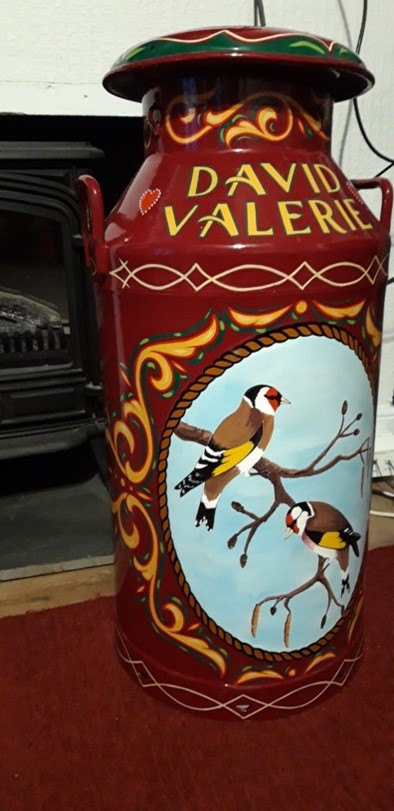
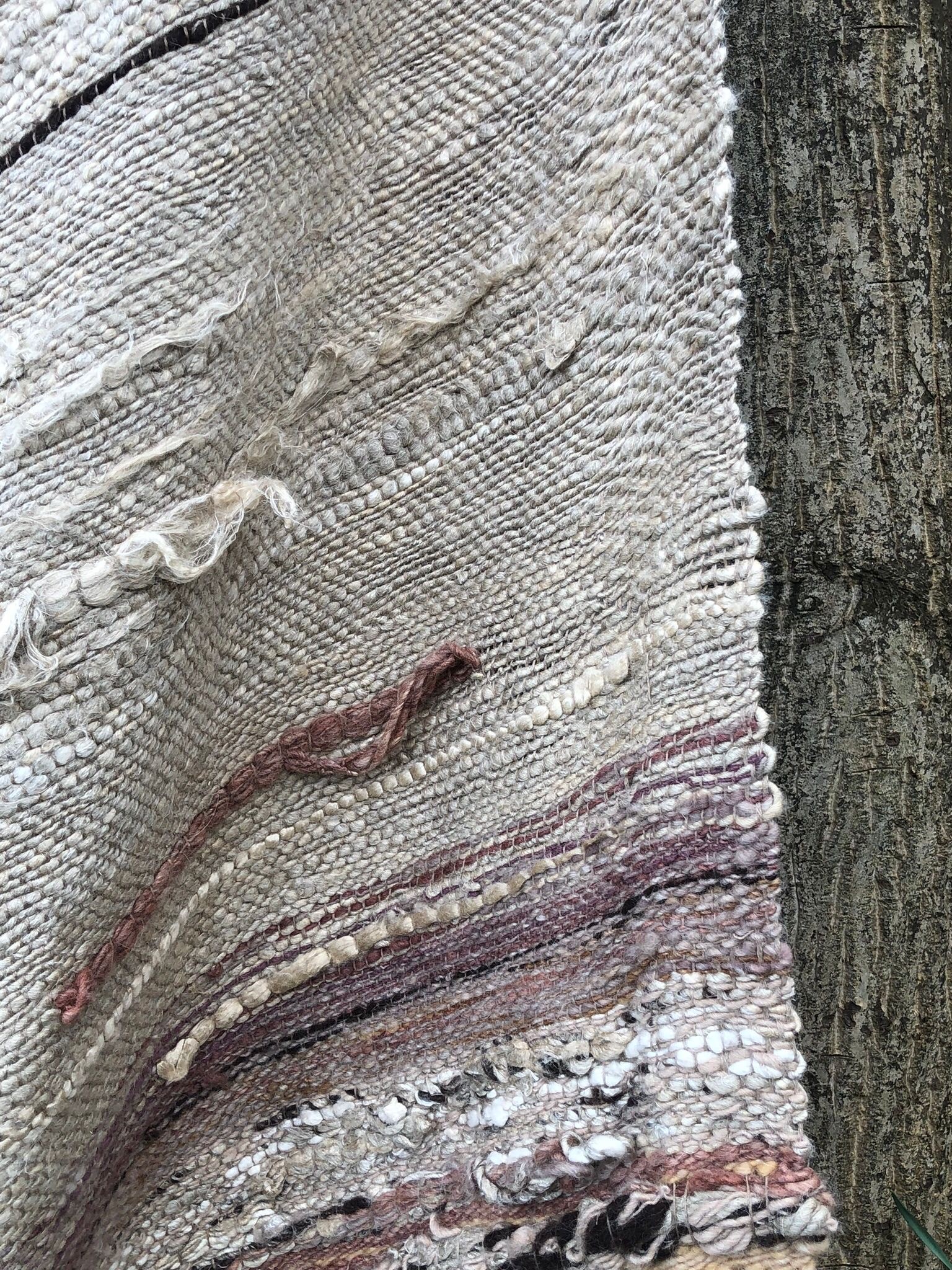
Among the artists is Jane O’Connor, who employs the folk-art traditions of Vardo arts, crafts and signwriting as a vehicle to examine identity and belonging today. Her painted milk churn has been decorated with flourishes of colour, illustrating the popular Pied Wagtail, considered a bringer of good luck among travellers.
This synchronicity with nature continues in the bark-like patterns of ‘Patrin Tapestry’, made from hand-blended wools, wild harvested silks and flax fibres by Imogen Bright Moon, who took colour inspiration from the portraits of her extended family by Laura Knight, some of which hang in this very exhibition.
In contrast, Tim Shore’s series of photographs, ‘Stopped Places’, frames the few tangible traces left behind in the West Midlands’ post-industrial region where sites of former camps have been replaced with parking lots, retail parks and new roads.
His images point to the crucial importance of preserving Romani histories, traditions and folklore, which are centred in Corrina Eastwood’s intriguing installation, ‘Davas and Phens’, which means ‘mothers and sisters’ in Romanichal language. Positioned on the floor, a series of small, compact mirrors have been opened, to literally reflect the foundation of strong, supportive women Eastwood relied on during a period of mourning.
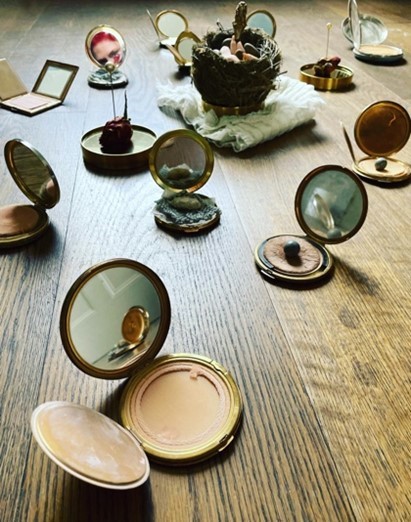
© Worcestershire Museums
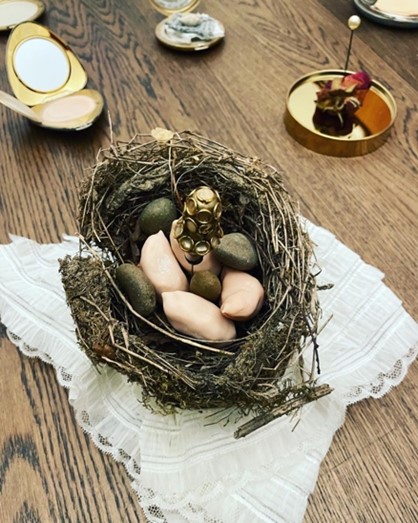
While Tate-loaned masterpieces hang on the wall opposite, Eastwood’s installation invites viewers to bend down and see Romany culture from a new perspective. Throughout the exhibition, crafts have been centred, with traditional dolls, jewellery and embroidered cushions all creating a welcoming feel; it’s as if viewers have been being invited into the very homes of the community, who are so often othered from a distance.
While an outsider’s gaze is often focused on the travelling nature of the GRT community, this thoughtful exhibition invites viewers to step inside the stationary camp. Inside the stopping place of this gallery, the wagon has parked up, doors open, to reveal the rich heritage connected to these majestic vehicles which often house inspiring artists, makers and storytellers.
Atchin Tan – Travelling Through Art runs until 5 January 2025 and is free to visit. The exhibition has sprung from Museums Worcestershire’s Vardo Project, which is adding to the history of Worcestershire’s unique and rare collection of horse-drawn wagons, the largest collection in the UK.
